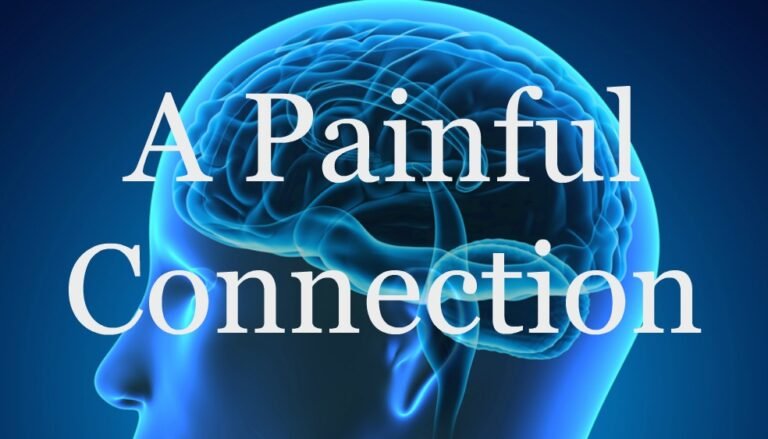Fibromyalgia: 10 Tips to Help You Cope

Though classified as a disorder of the musculoskeletal system, the condition is now seen as a central nervous system problem. Symptoms include increased sensitivity to pain, achy and stiff joints, fatigue, and specific tender points on the back, chest, arms, and legs. Migraines, sleep disorders, and irritable bowel syndrome are also common complaints.
According to the National Fibromyalgia Association (NFA), the condition affects between three and six percent of the worldwide population and is usually diagnosed between the ages of 20 and 50. Women are much more likely to develop the disorder than men. The NFA states somewhere between 75 and 90 percent of fibromyalgia patients are women.
While you may already know to reduce stress, exercise, eat a healthy diet and improve sleep, here are some specific suggestions that may help accomplish these lifestyle goals:
1. Plan Some “Me” Time. Schedule time each day to relax with deep breathing, meditation, or other methods. Enjoying your favorite hobby or listening to music may also help you de-stress.
2. Cut Caffeine. Caffeine has a wake-up effect that lasts and may compound stress. It’s best to avoid it well before bedtime. That includes not just coffee, but also tea, colas, and chocolate.
3. Exercise in the Afternoon. Afternoon exercise may help you sleep more deeply. But exercising before bedtime can make it harder to fall asleep. Stretching, walking, yoga, swimming, water aerobics and strength training may all be helpful exercises.
4. Make Your Room a Relaxing Refuge. Treat yourself to comfortable pajamas and soft sheets. A white-noise machine or fan may help you fall asleep to a soothing background sound.
5. Sleep Well. If you need to nap, make it short so it doesn’t interfere with nighttime sleep. Try taking a soothing bath before bedtime and going to bed at the same time every night. Studies show that people sleep better in a cool room.
6. Try Occupational Therapy. Learn new ways to perform everyday tasks that avoid painful movements. If you are finding it difficult to complete tasks or enjoy activities, an occupational therapist might be just the thing to help increase your independence.
7. Get Your Vitamin D. Studies show that vitamin D deficiencies can cause bone and muscle pain, and increasing levels of this hard-to-get vitamin may help. A 2008 study found that pain patients with low levels of vitamin D required almost double the dose of painkillers as those with adequate levels.
8. Avoid Additives. Common food additives, like monosodium glutamate (MSG) and aspartame, can act as excitotoxin molecules, a chemical group that has the ability to activate neurons that increase sensitivity to pain. Easing off these additives may help. One small study of four patients found that eliminating MSG and aspartame resulted in a reduction of fibromyalgia symptoms.
9. Eat Omega-3. The fatty acids found in fish like salmon, as well as walnuts and flaxseed, may help pain patients. A 2007 study found that after just three months of supplementing omega-3 fatty acids, symptoms such as morning stiffness and painful, tender joints decreased.
10. Seek Help. Depression can deepen a patient’s experience of pain. Mental health professionals may play a complementary role in treatment, but it’s a vital one. Cognitive behavioral therapy can relieve depression and help patients identify sources of stress that magnify their symptoms.
To learn more about ways to control fibromyalgia through diet, check out this article in Prevention Magazine.
What else do you do that helps with your fibromyalgia? Please comment below.
PainPathways Magazine
PainPathways is the first, only and ultimate pain magazine. First published in spring 2008, PainPathways is the culmination of the vision of Richard L. Rauck, MD, to provide a shared resource for people living with and caring for others in pain. This quarterly resource not only provides in-depth information on current treatments, therapies and research studies but also connects people who live with pain, both personally and professionally.
View All By PainPathways






